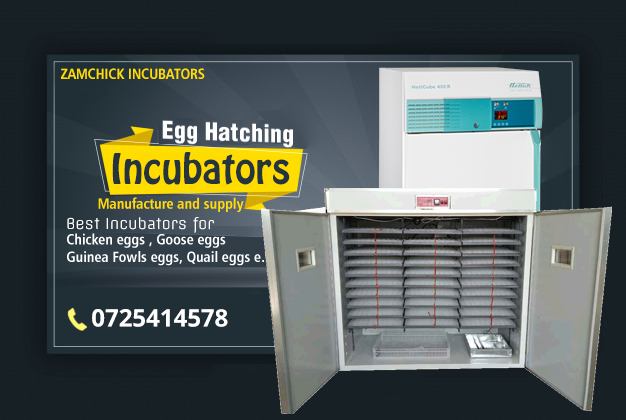Types of Poultry Farming
Poultry farming involves raising birds like chickens, turkeys, ducks, and geese for their eggs, meat, or feathers. Different types of poultry farming cater to various needs and scales of production. Here are the main types of poultry farming.
Broiler Farming
Description
- Broiler farming focuses on raising chickens for meat production.
- Broilers are bred to grow quickly and reach market weight in a short time.
Benefits
- Quick returns on investment.
- High meat yield per bird.
Management
- Requires intensive feeding and care.
- Temperature and ventilation control are crucial for healthy growth.
Layer Farming
Description
- Layer farming involves raising chickens for egg production.
- Layers are selected for their ability to produce a high number of eggs.
Benefits
- Steady income from daily egg sales.
- Can be scaled from small backyard operations to large commercial farms.
Management
- Needs proper nutrition to maintain high egg production.
- Regular health checks to prevent diseases.
Free-Range Farming
Description
- Free-range farming allows poultry to roam freely outdoors.
- Birds have access to natural food sources like insects and plants.
Benefits
- Produces high-quality eggs and meat with better taste.
- Ethical farming practices appeal to consumers.
Management
- Requires adequate space and protection from predators.
- Regular monitoring to ensure birds are healthy and safe.
Organic Farming
Description
- Organic farming follows strict guidelines, avoiding synthetic chemicals.
- Birds are fed organic feed and have access to outdoor spaces.
Benefits
- Produces organic-certified eggs and meat.
- Meets the growing demand for organic products.
Management
- Must comply with organic certification standards.
- Higher costs for organic feed and compliance measures.
Pastured Poultry Farming
Description
- Pastured poultry farming involves rotating birds on fresh pasture.
- Birds graze on grasses and insects, supplemented with grain feed.
Benefits
- High-quality eggs and meat.
- Sustainable and environmentally friendly farming method.
Management
- Requires rotation of grazing areas to maintain pasture health.
- Portable housing units are often used.
Integrated Farming
Description
- Integrated farming combines poultry farming with other agricultural activities.
- Birds can be raised alongside crops or livestock.
Benefits
- Efficient use of resources and land.
- Diversifies income streams.
Management
- Needs careful planning to balance different activities.
- Synergies between poultry and other farm operations can enhance productivity.
Backyard Poultry Farming
Description
- Backyard poultry farming is small-scale and often for personal use.
- Birds are raised in small coops or backyards.
Benefits
- Provides fresh eggs and meat for families.
- Can be a hobby or supplementary income source.
Management
- Requires basic care and feeding.
- Local regulations may apply to backyard farming.
Commercial Poultry Farming
Description
- Commercial poultry farming involves large-scale operations focused on high productivity.
- Includes both broiler and layer farms.
Benefits
- High output and efficiency.
- Meets large market demands.
Management
- Requires advanced technology and management practices.
- Biosecurity measures to prevent disease outbreaks.
Breeding Farms
Description
- Breeding farms focus on producing high-quality chicks for sale to other poultry farms.
- Specialize in genetic selection for desired traits.
Benefits
- Provides quality stock for other farmers.
- Can be highly profitable with good management.
Management
- Requires expertise in genetics and breeding practices.
- Careful selection and management of breeding pairs.
By understanding the different types of poultry farming, farmers can choose the method that best suits their resources, goals, and market demands. Each type offers unique benefits and challenges, contributing to a diverse and dynamic poultry industry
